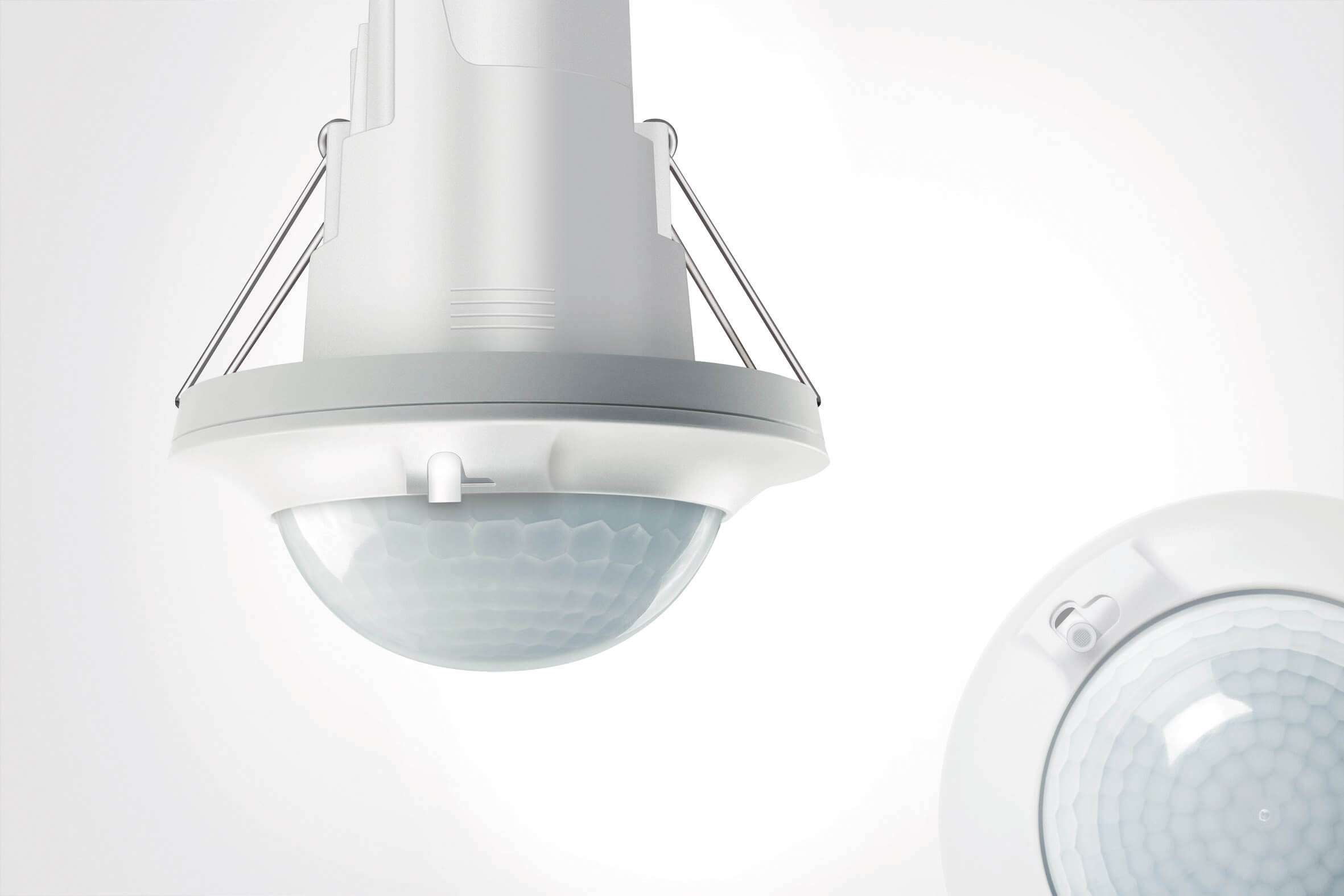Introduction:-
Since the beginning of the industrial age, light bulbs have been the most influential invention of all time. To have a constant source of light other than fire that would run on electricity was a giant leap to the development of mankind. There is a long history from what we were to where we are now regarding electricity and lights.
The invention of electricity, battery and electric current was a boon to mankind. From steam-powered engines to rockets for the moon mission, we achieved every milestone with electricity power. But to harness electricity, we found out that we had consumed so much of the earth’s resources that it was time to look for other sources of power.
We did use water and wind to generate electricity, but with the discovery of coal, the use of renewable sources declined. Then, in 1878, William Armstrong created the first water-powered turbine, which generated electricity from flowing water. The major problem concerning renewable energy sources is that it takes so much to be installed and yet gives out very little energy.
Here in the modern world, the terms “Occupancy Savings” and “Daylight Savings” exist. Read more in the article to find out the new methods to saving and reducing energy usage.
Daylight savings:-
If you ask any sane man about which house he would prefer between one which is completely bathed in sunlight and the other which is shadowed by tall buildings, you will get the answer that the one bathed in sunlight would be more efficient. The reason behind the same is that you don’t need to worry about electrical bulbs when you have the sun above you to provide light.
Daylight savings, in simple terms, is regarded as conserving energy by the usage of natural sunlight to provide illumination to the house. Let us understand the term in detail concerning construction and sensors.
Changes in Architecture:-
We just learned that we could save energy based on using natural sunlight rather than light bulbs. So it is simply a matter of choosing sunlight over artificial light. But inside the concrete jungle, especially in the lower areas, you might find that sunlight is very scarce there.
Even on the top floors, sometimes it becomes difficult to capture sunlight as skyscrapers surround each other, blocking the sun. But nowadays, there are windows, panels, and reflective mirrors attached to the walls and the ceilings while designing homes. In this way, it would direct maximum light inside the house to save energy efficiently.
Photocell:-
A photocell or a photosensor is a type of device that can sense the lighting of a room. There are ambient light sensors that are attached to a light bulb. Let us take a basic example to understand what a photocell is. When you shift your phone from manual brightness to auto-brightness, you find that the phone adjusts the brightness accordingly with the light around.
This feature saves you from manually lowering the phone’s brightness level every time you are in an environment where there is plenty of ambient light. The reason behind this magic is that certain photodiodes are attached to the display of your phone, which collects the amount of light and transmits electricity accordingly concerning the same.
The same, when applied to light bulbs, would be a great way to conserve energy. The light bulb would detect when it needs to turn on, and thus it can save countless dollars if applied worldwide. Another important feature of this device is that it can mimic the light and brightness required for the human eye, so it works accordingly. One more device that is added to the photocell is the occupancy sensor. Let’s dive in further as to what that is.
Occupancy sensors:-
You must have seen red lights that would be blinking in bathrooms, hallways and conference rooms. There may have been a time when you might have thought that there must be a spy camera where the government spies on the people. It has even kicked many conspiracies regarding these spy cameras.
Well, to your disappointment, those are occupancy sensors. To make it simple, they are designed to detect people who walk past or stay in a certain room.
Occupancy sensors are of two types:-
1. Infrared sensors
2. Ultrasonic sensors.
3. Microwave sensors
They work as follows:-
1. Infrared sensors:-
These are basically heat sensors, and they are designed to turn on the electricity to switch the light bulb on when a person passes through. It detects minute changes in heat and thus lights up the room. The major drawback to this sensor is that it cannot detect past a certain opaque object.
2. Ultrasonic sensors:-
To overcome the drawbacks of infrared sensors, ultrasonic sensors are attached to the main switch. They detect motion and transmit electricity which turns on the light bulb. This is very severe and strict, and even a slight movement can turn on the light bulb. Ultrasonic sensors are also used in Security alarms.
When it comes to using the sensors, majorly both of them are used simultaneously and are attached together so that the lighting can be minimised and energy can be saved and also there is no discomfort when you need light.
Conclusions:-
When it comes to saving energy, even little steps such as walking a short distance rather than taking a car, switching off the air conditioning when not needed is very crucial and helps so much.
Due to human error and failure to turn off lights when not needed, it is estimated that almost 60% of electricity bill can be saved for places that need it for a specific time, like a particular part of a hallway or bathrooms.
Everyone should pledge to install lighting with sensors like occupancy and photocells as they would not only save money but also help us for a much brighter future with low energy consumption and efficient use.







Leave A Comment